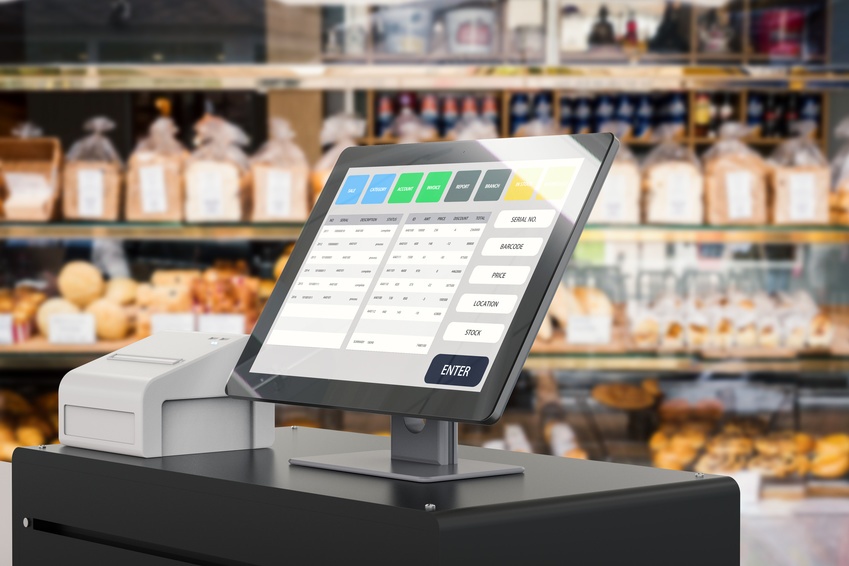Tech integration is always a challenge, but it can be especially difficult in retail environments. As you know, as a retail IT integrator, retail is a highly-competitive world. To maintain any kind of edge, retailers have to develop and deploy the latest and most advanced technology in all aspects of their business. From payment portals to supply chain systems to in-store experience to e-commerce and more, technology supports and influences every facet of a retail operation.
Unfortunately, the latest and best forms of technology don’t always play nice together. The supply chain system may not communicate well with the company’s e-commerce platform. The digital kiosk and interactive displays in the store may not reflect accurate data from the inventory system. The payment system may need constant updates to align with the latest payment methods and trends.
A retail tech platform has a wide and varied list of services, software, hardware, and other components. This is where you and your team step up. It’s your job to deploy field techs to support your retail customers as they use tech to maintain an edge over the competition.
Of course, you also face competition. If you can’t bring all the pieces together to create an integrated tech platform for your retailers, you could find yourself replaced by another IT support company. Fortunately, there are steps you can take to set yourself up for success and maximize your opportunities supporting retailers.
Below are three tips to help you position yourself for success as a retail IT integrator:
1. Add Transparency to the Field Service Hiring Process
In many ways, your ability to successfully integrate a varied and diverse retail tech platform depends on the quality of the technicians you’re sending out to the job site. An effective, experienced technician can help solve problems, identify areas for improvement, and implement solutions in an efficient manner. A subpar technician can create delays, additional issues, and feelings of dissatisfaction with your retail customer.
The challenge is hiring the right kind of tech to represent your company and support your retailers. You can’t physically interview every potential tech in every market. How can you know whether a tech or a contractor has the skills, experience, and mindset that you want?
Field service management (FSM) software can help you bring transparency to the hiring process. In FSM software, your dispatchers can view a pool of talent in each market, and they can sort them by relevant criteria. For example, you can see each technician’s certifications or experience. You may even be able to assign a confidence score for specific skills based on the tech’s past work.
Another helpful feature in many FSM platforms is an availability calendar. Techs update their calendar regularly so you can see if they are available to take on a job. No more playing phone tag or putting calls out to multiple contractors. You simply find the best tech available and then hire them to get the job done.
2. Create an Efficient, Secure Communication Process
Even if you hire the best tech, you still have to get them all the data they need to get the job done. That can be a challenge, especially if you’re working with external contractors. While you need to give them information, you also have a need to protect sensitive and secure data.
There are a number of different software packages and apps that allow you to communicate securely in real-time with your field techs. Many FSM platforms offer this capability. The tech installs an app on their phone or tablet that enables them to access the data they need to complete the work. You can transmit everything from turn-by-turn directions to step-by-step job instructions. You can even give the tech access to a knowledge base of documents so they can find the answers they need.
Some software also offers video conferencing. This can allow someone in your office to look at the issue live and in real time with your field techs. Your in-office team member can help the field tech overcome difficult challenges and operate more efficiently.
3. Implement a Culture of Continuous Improvement and Long-Term Development
Change is the only constant in IT. Tech is always evolving and changing. Your retail customers want to be at the forefront of evolving tech, which means you and your team have to grow and evolve your knowledge and skill set. That’s why it’s so important to have a culture of continuous improvement.
What does that mean in real terms? It means implementing solutions that allow you to constantly evaluate your service and identify areas for improvement. One strategy is to use the video conferencing feature mentioned above to provide training and mentorship to your techs. You can be by their side as they install a new piece of hardware or integrate new software into the existing platform.
You also may want to implement a debrief policy so you can review every job. Leverage technology to capture evidence of the job and your tech’s performance. Have the tech take detailed notes and ask them to take pictures of any hardware or other components. Use GPS technology to track their time on the job site. Survey your customer about the experience.
All of this information can paint a picture of how your tech performed and whether their performance met your standards. If it didn’t, you can then ask why the performance was subpar. Was the tech not a good fit for the job? Or did your team fail to deliver the information the tech needed to be successful? Asking these questions can help you constantly improve your service and efficiency.
Tech integration is no small feat, especially for retailers. However, you can use your own technology platform, including FSM software, to better manage your field techs and deliver better outcomes to your retail customers. Evaluate your own tech ecosystem and look for areas to improve so you can be a more effective integrator for retailers.






